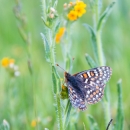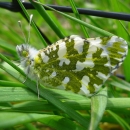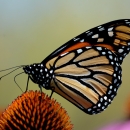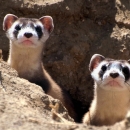Our Services
The field office provides services to private citizens, community groups, local governments, schools, conservation partners, and other federal and state agencies. Partnerships are fundamental to how we work, advancing rare species conservation and/or working to minimize impacts to imperiled species.





